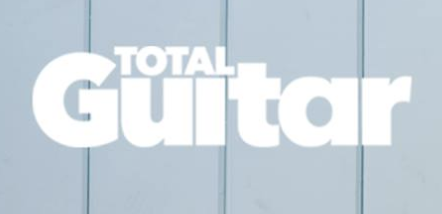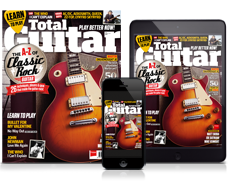The Ultimate Guide To FX: Delay
Everything you ever needed to know about effects pedals

Delay and reverb
DELAY is one of the most versatile guitar effects – and the range of delay pedals is so vast that telling the difference between them can be confusing. You already know what delay sounds like, but you probably refer to it as echo. Confused? Read on to find out more...
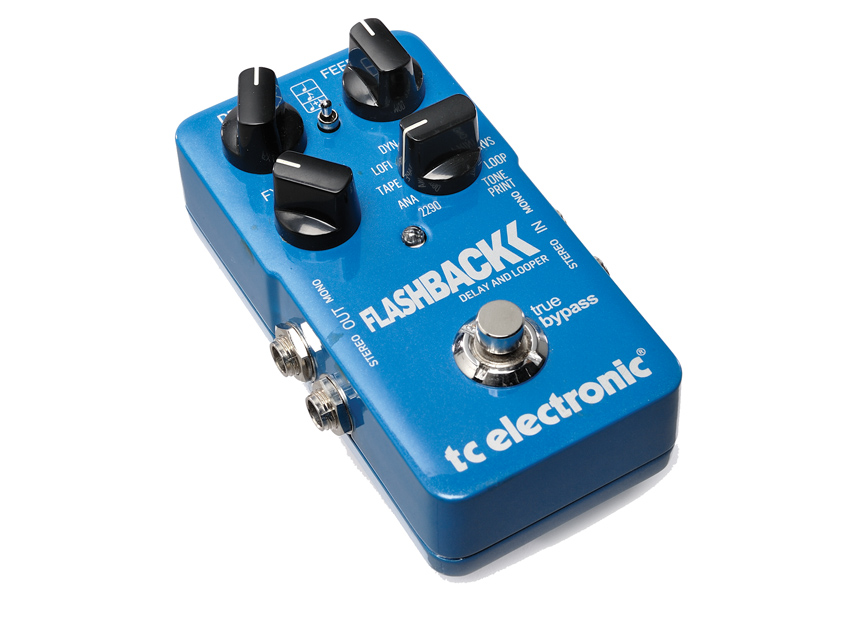
Delay
Defined as the distinct repetition of sound, dedicated delay effects were first seen in recording studios in the 1950s in the shape of cumbersome tape-echo units that used actual reels of magnetic tape (just like an old audio cassette) to record and play back sound.
Solid-state technology brought delay to a more practical stompbox format in the 1970s. Although the most common delays these days are digital, many replicate the natural warmth and grain of much-loved early tape echoes and analogue delay pedals.
Common delay sounds in rock and pop music range from short ‘slapback’ echo effects to multiple repeats with a long decay. Slapback sounds are synonymous with 1950s rock ’n’ roll and rockabilly (think Heartbreak Hotel by Elvis Presley or anything by Brian Setzer), while examples of delay with multiple repeats range from the signature chime of The Edge’s dotted eighth-notes in U2, to the epic widescreen guitars of post-rock bands such as Mogwai and Explosions In The Sky.
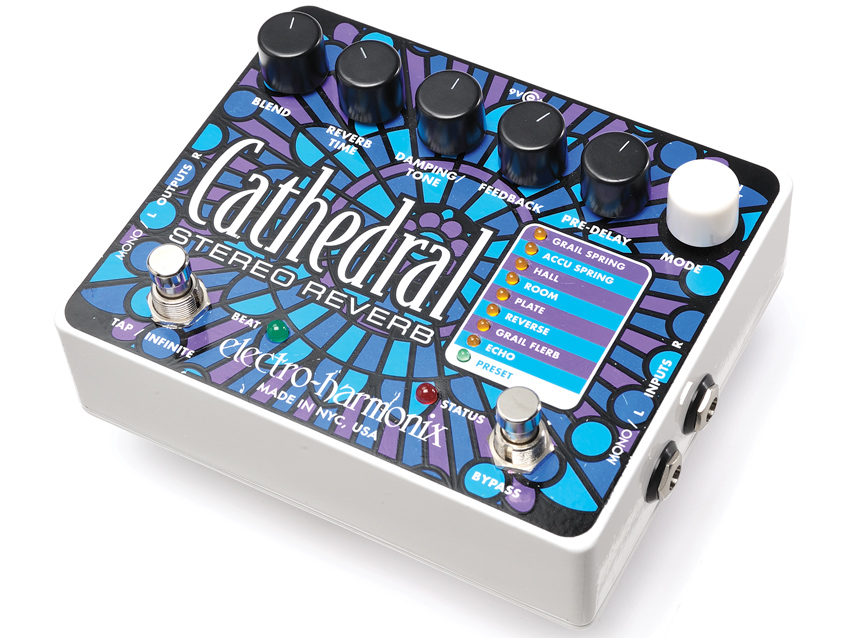
Reverb
UNLIKE delay, reverb (or reverberation, to give it its full name) is an indistinct blend of the many reflections that occur when sound bounces off the surfaces around you, decaying gradually as soundwaves are absorbed by the air and surrounding material.
The way your brain is wired means you only tend to notice reverberation at its most dramatic – in a cathedral or a tunnel, for example – but every place has its own unique reverb sound.
Reverb in music is all about capturing or creating a sense of a space. The first reverb effects used in recording studios would be the result of microphone placement in an actual physical space, with chamber reverb, plate reverb (literally a large ‘plate’ of sheet metal with a pickup attached to it to capture vibrations), and spring reverb (a similar concept to plate reverb but cheaper and more compact because of the coiled nature of the spring) all popular analogue solutions during the golden years of the 50s and 60s.
Although most of the reverb you hear in recorded music today is digital in origin, the arresting splash of the spring reverb tanks in 1960s Fender ‘blackface’ amps is still the most desirable reverb sound as far as most guitarists are concerned.
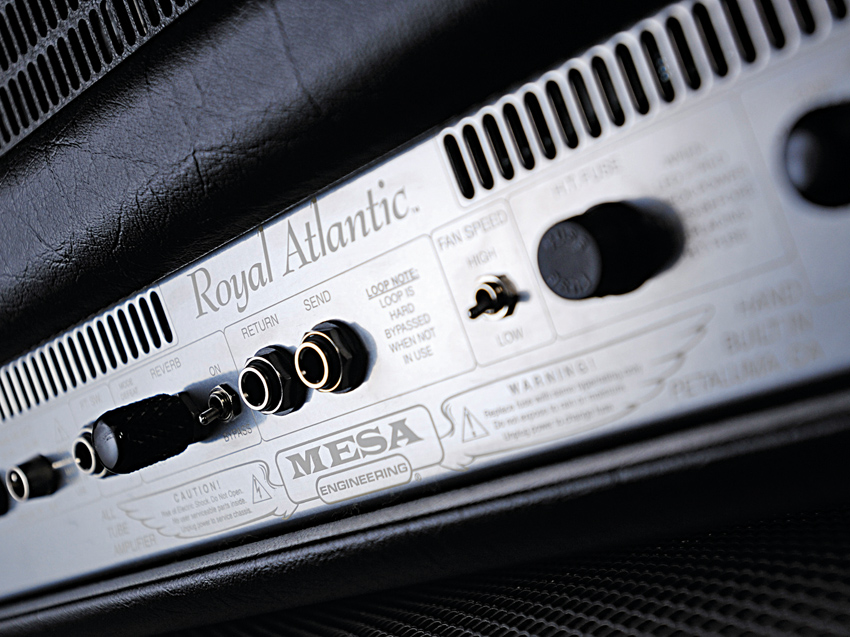
Effects Loops Complained
YOU know those connections on the back of your amp marked ‘send’ and ‘return’? That’s your effects loop, that is, and with a little experimentation, you can use it to unlock new sounds, or if it’s switchable, turn a whole group of pedals on or off with just one stomp. Blow the dust off the sockets and learn how to make the most of it.
Effects loops usually come in two flavours: series or parallel. Both operate at switchable levels, which enables you to place either line-level (rackmount/studio processors, etc) or instrument-level (pedals) devices into your chain and feed them at the correct level.
Series loops work by ‘interrupting’ the signal chain after the preamp stage. Your guitar signal leaves the amp via the send socket, goes through whatever pedals you place in the path, then goes back to the amp via the return socket before continuing
to the power amp. One advantage of using a series effects loop is that it can give you greater control of your effects order – particularly if you’re using your amp’s dirty channel as yourmain source of distortion. By putting your effects in the loop, you can place effects after your distortion. This works well with delays, filters and modulation effects that can sound radically different depending on their position, but you can try using series loops with any effect.
A parallel loop splits the signal in two at the same point as a series loop – after the preamp but before the power amp – and sends it to the pedals in your loop. Your original guitar signal stays in the amp and continues to the speaker as normal. When the loop signal returns to the amp, it’s blended in with your original signal, rather than interrupting it.
This can give you a lot of flexibility, because your original signal will remain untouched, no matter what’s in the effects loop. You can use this type of routing to create more complex sounds and layers that are then blended with your original signal. Experimentation is key here, and while convention suggests saving your loop for sounds that are typically blended (reverbs, delays, etc), you can try other groups of pedals, too.
Total Guitar is Europe's best-selling guitar magazine.
Every month we feature interviews with the biggest names and hottest new acts in guitar land, plus Guest Lessons from the stars.
Finally, our Rocked & Rated section is the place to go for reviews, round-ups and help setting up your guitars and gear.
Subscribe: http://bit.ly/totalguitar
